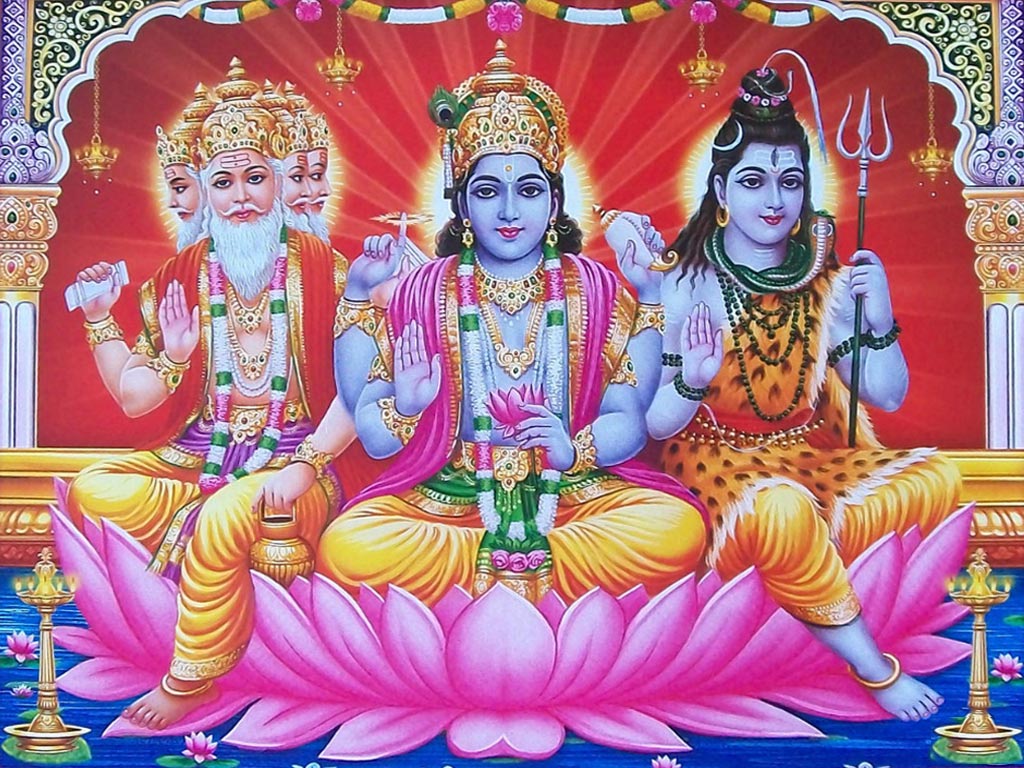Many years back, there was an article in a Calcutta based newspaper that Christian missionaries initially encouraged (and even gave preference to) Brahmins to enroll in their schools. There was a reason for it - in other
heathen and
pagan societies they first converted the priests (of those faiths) and once the priests converted the others followed suit. But in this case, they failed in their mission to convert - the Brahmins accepted their education but very few converted and instead used the modern education for their economic betterment and started moving out of the Agraharams to lead better lives with the new found money. And seeing the material benefits other Brahmins followed. According to the article, it was the missionaries who gave the community a head start.
But the common propaganda is that Brahmins kept others completely illiterate and were therefore able to get almost sole access to modern British education. It is true that Brahmins reserved religious Sanskrit text teachings to themselves. This did not mean that others were forced to stay illiterate. You find centuries old inscriptions in various languages in temples and other historical sites - are you going to maintain that these sculptors were illiterate? Merchants (Chettiars and possibly other business communities) employed Accountants (Kanakku Pillai) who were generally their own family members or belonged to the community. In fact, their (Kanakku Pillai) traditional profession of accounting and arithmetic is the closest we have to modern education - not the Brahmins' memorising and reciting slokas (most of the time without knowing the meaning or even significance) and casting horoscopes and consulting almanacs for advising good days and auspicious timings. The business communities should have had a definite edge over Brahmins in adapting to modern education and reaping the benefits.
Before the introduction of modern education most Brahmins went from door to door begging "
Bhavadhi Bhikshaam Dehi". But, with college degrees or just school education they moved ahead and this was an eyesore to the wealthier communities at whose doors the
now hateful Paappaans had been seeking alms for generations.
Of course, it is true that we have also practised untouchability and it is shameful. But then, most of the so called high castes are also guilty of the practice. In fact, many of the wealthy and landlord communities have abused Dalits in worse ways - exploiting their poverty and enslaving them, molesting their women, burning their huts and more. In fact, Dalits were in greater dread of these landlords. The laws of many pure indigenous Tamils (
Pachchai Thamizhar) prescribe severe punishment for abuse of a caste girl but if the victim happens to be a Dalit a small pot of rice will recompense the abuse/ loss of honour. Panchayat decisions have been based on such laws and this has also been brought out in a few Tamil movies (including '
Indra' and another movie (
Kadhal Sadugudu???) which is an extremely popular standalone piece on TV as a satirical comedy '
Vivek's Panchayat Theerpu'). In a true incident in a village in Tamilnadu, the Dalits who were affluent had lent money to caste non-brahmins. When the borrowers did not repay, the dalits threatened to take legal action. The borrowers gathered the support of other caste non-brahmins in the village and thrust faecal matter in the mouths of the dalit lenders and humiliated them in other ways too. This happened in 2003 and was reported in detail in 'The Hindu' sunday supplement. The great fighters for social justice
DK and
DMK chose to ignore this. Even today there are temples in small villages in Tamilnadu controlled by caste non-brahmins where dalit entry is forbidden. This is known to all the Dravida parties.
By constantly talking about Paappaan atrocities against other castes, the fighters for social justice hope that in course of time their own crimes against the Dalits will be forgotten.
Keep repeating a half truth and it becomes the full truth (adaptation of Goebbels maxim). In fact, the anger of these
DK/ DMK is not against the Agraharam Brahmins who practised untouchability and among other things decreed that people of lower castes should stand barefooted before them and humiliated them in other ways. Their anger is against the Brahmins who left the Agraharams and stopped begging at their doors. Social justice is not their goal! One of the key persons in the Dravidian movement is Dr. T. M. Nair. You can read about how the Nair community treated some of the
lower castes in Kerala in the following link - of course there is also mention of Brahmins (Namboothiris):
How Ezhava were treated by Nair
I have even read that EVR Naicker spoke out against a Justice Party leader for some speech against Brahmins for holding a high percentage of posts very disproportionate to their population percentage. Later when he wanted an important post in the Congress and was denied he felt that Brahmins wanted to control the party by keeping others out of the top posts and vowed to teach them a lesson. It was then that he started his movement exploiting the strong anti Brahmin feeling among other Tamil castes - his
crusade was not born out of any love or concern for the oppressed. I have forgotten the source of this information and I am still trying to locate it.
Unfortunately, even many Brahmin youth of today believe that anti Brahminism is only a fight for social justice.


